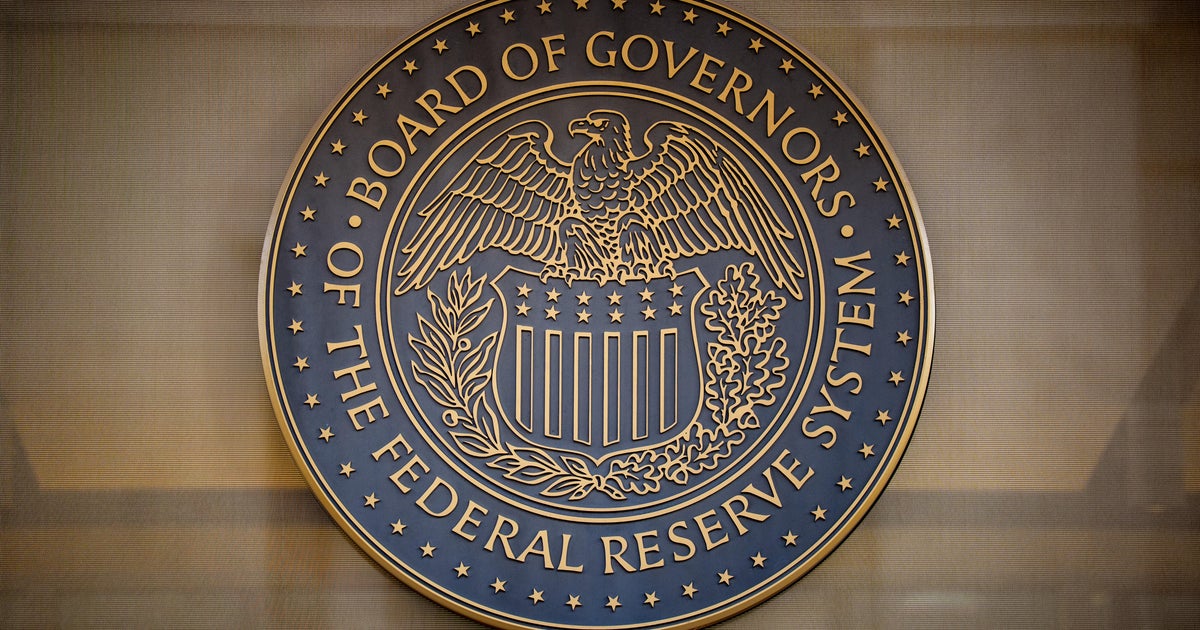Social Security's cost-of-living bump could reach almost 11%: Report
Millions of U.S. seniors and others who receive Social Security benefits are on track for a big cost-of-living adjustment, or COLA, in early 2023 to catch up to the fiercest inflation in four decades. One group now estimates that the boost could be as high as 10.8%.
By comparison, a Social Security official earlier this month said he expects a COLA bump of about 8%, based on the current inflationary trends.
But if inflation continues at its current pace — the cost of goods and services in May accelerated to 8.6% — seniors could receive a COLA hike of 10.8% in early 2023, according to the new analysis from the non-partisan Committee for a Responsible Federal Budget. If inflation grinds to a halt over the final months of 2022, seniors would receive a COLA increase of 7.3%, the group predicted.
The latter scenario is considered unlikely because economists expect costs for food, gas and housing to remain elevated throughout 2022. For instance, economists are forecasting that inflation rose 8.7% from a year ago, according to FactSet. June inflation data will be released on July 13.
By contrast, economists are expecting inflation to moderate later in 2022, partly as the Federal Reserve's rate increases are making it more expensive for businesses and consumers to borrow. That should put the brakes on demand and tamp down inflation.
That suggests the Social Security COLA increase for 2023 will likely fall somewhere between 7.3% and 10.8%, the Committee for a Responsible Federal Budget said on Monday.
Here's how your benefit could be impacted
The average monthly Social Security check is about $1,658, which means a bump of 10.8% would boost the typical check to $1,837.
However, an increase of 8% would bump the typical check to about $1,790.
The agency's COLA takes effect in December, with the updated benefits paid out beginning in January 2023.
Would this be one of the largest COLAs?
A COLA of 8% or more would provide the biggest bump since 1981, when inflation was also running rampant.
A bump of 8% would tie for the fourth-biggest COLA in Social Security's history, matching a bump of 8% in 1975. Since that time, there have been three years when the COLA exceeded 8%:
- 9.9% in 1979
- 14.3% in 1980
- 11.2% in 1981
Are benefits keeping up with inflation?
Not yet. The 69 million Americans who collect Social Security received a 5.9% COLA increase in January — the biggest jump since 1982. But inflation has raced far ahead of that number this year, hitting 8.6% in May, which means seniors' purchasing power has been eroded in 2022.
Given the latest inflation figures, it's likely the next COLA bump could reach 8.6%, senior advocacy group the Senior Citizens League said earlier this month.
If inflation moderates as economists expect, a COLA of 8% or more in 2023 could help restore some buying power to seniors and others who rely on Social Security checks.





